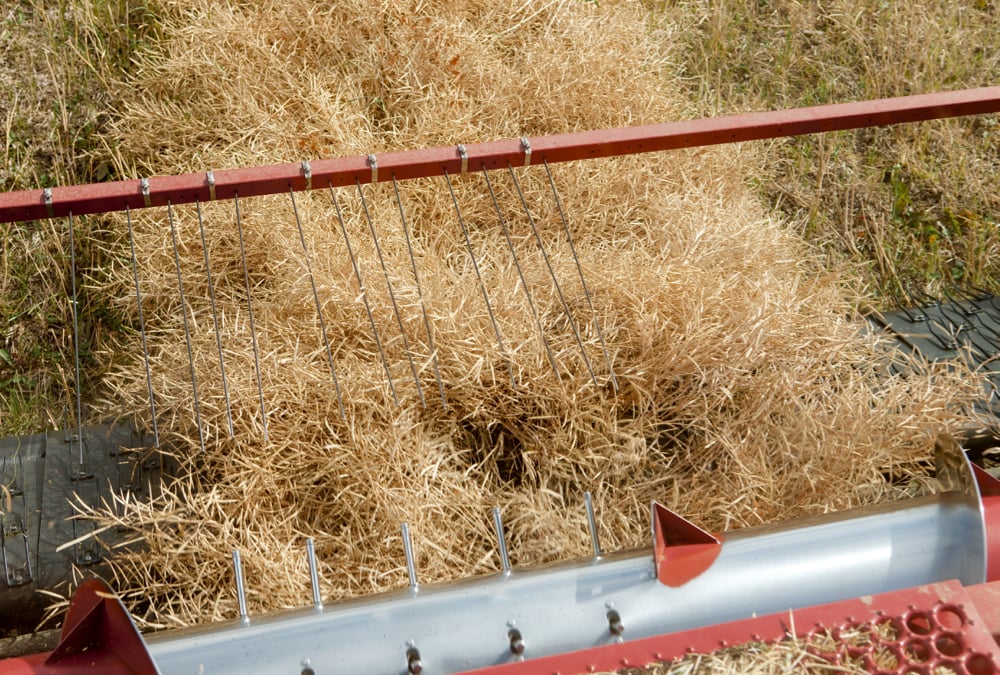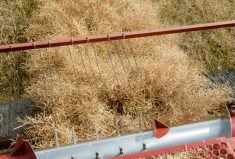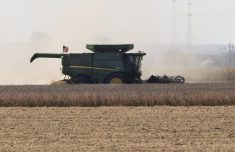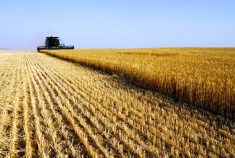VANCOUVER — Informa Economics believes old crop soybean prices need to rise in order to ration demand.
The U.S. had 940 million bushels of soybeans on hand as of March 1 to meet customer needs for the remainder of the season.
Rob Westmoreland, executive vice-president of Informa Economics, said it’s time for the market to send a signal to buyers that there’s not enough soybeans to go around.
Some have suggested that the United States could import South American soybeans to meet the needs of U.S. crushers and fill export orders, but Westmoreland said North America isn’t geared up to import soybeans.
Read Also

Alberta harvest wrapping up: report
Harvest operations advanced to 96 per cent complete in Alberta as of Oct. 7, with only a few late-seeded cereal and canola fields remaining, according to the latest provincial crop report.
“We (would) have to run our system backwards. To run our crushing industry on imported soybeans becomes a real problem,” he told delegates attending the Canola Council of Canada’s annual convention.
He believes the only realistic answer is to discourage export and crusher demand by raising old crop soybean prices.
“It doesn’t appear that the demand in North America has been reduced or discouraged enough to make the transition to the new crop, and it doesn’t appear that we can import enough to fill the gap,” said Westmoreland.
“The necessary conclusion is that you’ve got to pop prices at least relative to new crop enough to accomplish that task both for canola and for soybeans.”
Another speaker at the conference provided a global economic outlook that bodes well for the canola industry.
Glen Hodgson, chief economist with the Conference Board of Canada, said Canada’s top canola customer is poised for sustained economic growth.
He is forecasting eight percent annual growth through 2020, which will then taper off to about 4.5 percent between 2021 and 2035 as the economy matures.
“If I was selling canola, that’s clearly the go-to market,” said Hodgson.
The outlook for Canada’s second largest canola customer isn’t nearly as promising.
Japan has the highest public debt levels in the world, a shrinking population and the world’s oldest population, with more than one-quarter of its citizens older than 65.
“It’s kind of like a train wreck in slow motion,” said Hodgson.
He expects Japan to be a one percent growth economy for the next couple of years compared to seven percent for the remainder of the Asia Pacific region.
The U.S. is an important seed customer and by far the top buyer of Canadian canola oil. Hodgson said the economy is slowly recovering from recession.
“We’re forecasting what I would call tepid growth or maybe a more sophisticated word would be crumby growth of 2.25 percent this year,” he said.
Look for full stories on these topics in the upcoming issue of The Western Producer.

















